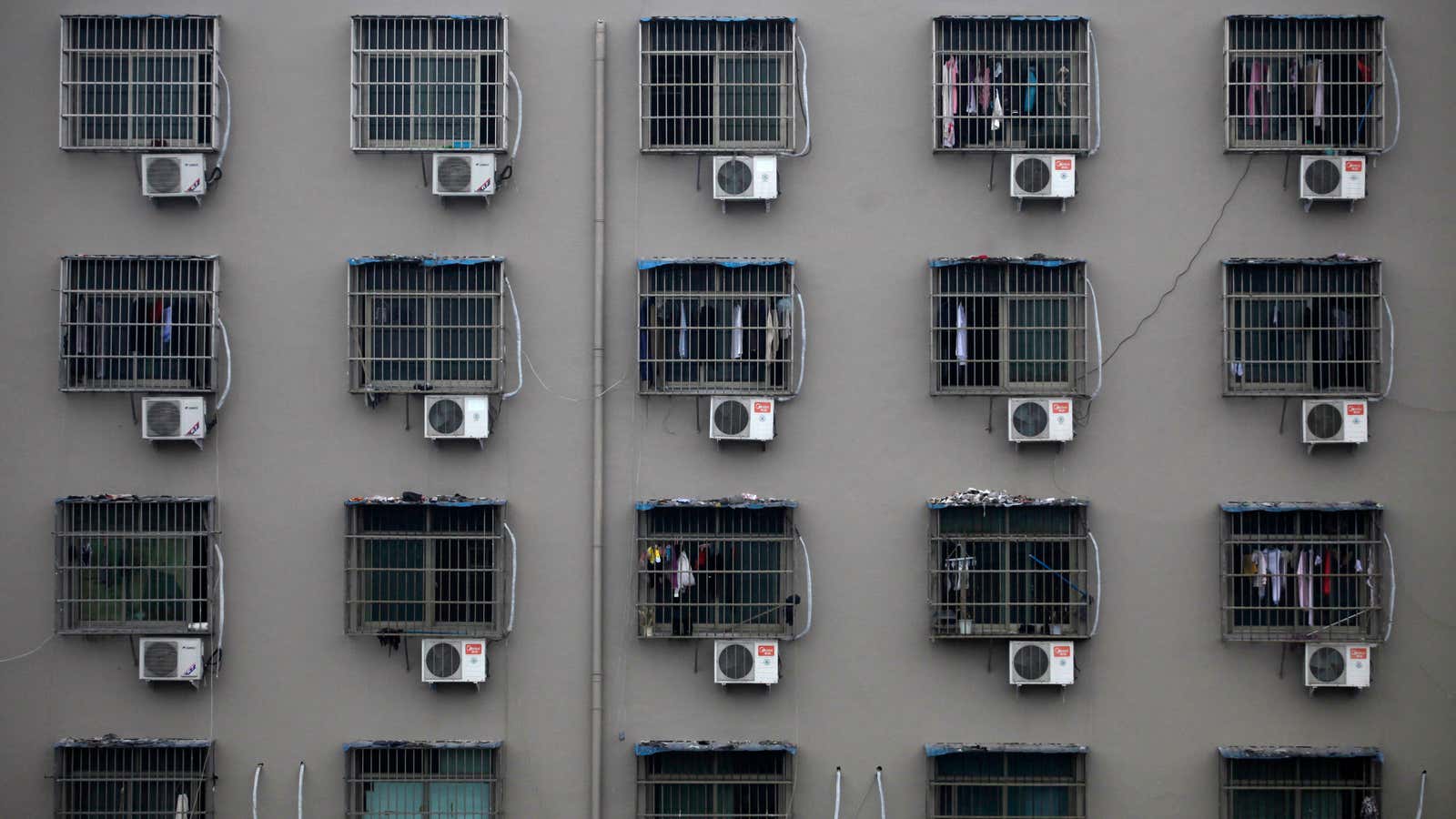On the Earth’s surface, temperatures can swing from blistering hot to freezing cold. But dig a few hundred feet below ground, and the temperature is stable at between 10°C and 16°C (50°F and 60°F). The technology to tap that energy to heat or cool homes has been around for 70 years, but it’s only in the past few years that it has become feasible financially to deploy geothermal heat pumps at scale for ordinary consumers.
For the past six months, Dandelion Energy, a spinoff from Alphabet’s “moonshot factory,” has been installing geothermal heat pumps in select counties in upstate New York. This week, it announced that it will be rolling out its heat pump, called Dandelion Air, for wider deployment. (You can check here if it’s available at your address.)
Dandelion’s innovation in geothermal energy comes from making the equipment cheaper, installation faster, and by providing financing. That means, instead of paying $20,000 upfront to install its system, users instead pay $135 per month over 20 years for use and installation of the equipment. (Geothermal heat pumps used to cost as much as $100,000 only a few years ago, but technology development and government subsidies have made them cheaper.) Dandelion has raised $6.5 million in funding so far.
Dandelion and others like it are aiming to displace millions of expensive and polluting heating-oil tanks in places where they are widely used, namely the northeast US.
Every unit of oil burned in a heating tank produces, at best, one unit of heating. For geothermal heat pumps, every unit of electricity used to circulate a fluid underground generates between three and five units of heating or cooling. This is why the US Energy Information Administration considers geothermal heat pumps as “the most energy efficient, environmentally clean, and cost-effective system for heating and cooling buildings.”
Matthew VanDerlofske, a software engineer, got the Dandelion system installed in October, and then published a series of YouTube videos about the installation and his experience using the system. He says that he spent about $1,800 on oil for heating his home during previous winters. With the heat pump installed, he spent about $800. As a side benefit, he says, he’s going to get central air conditioning in the summer, a luxury he never had in a home before.
He identified one downside. Homes that don’t have a central ventilation system will need a retrofit to use Dandelion Air, adding to the cost of installation. (Some other suppliers are able to use radiators or underfloor heating.) And, of course, if you don’t have access to a yard, which is the case for many living in built-up areas, you can’t install the system in the first place.
